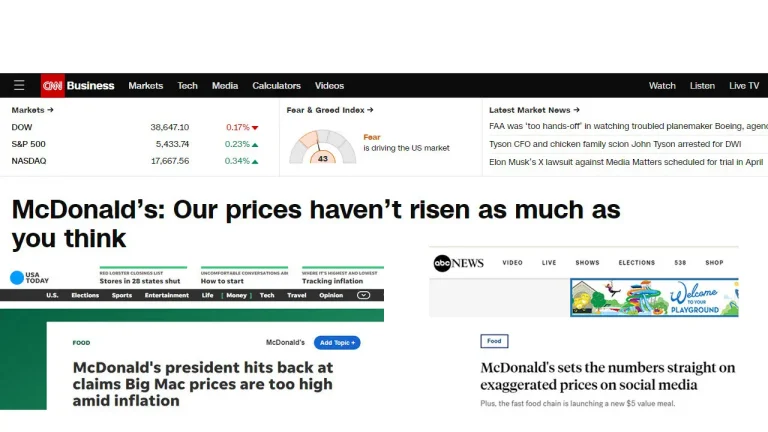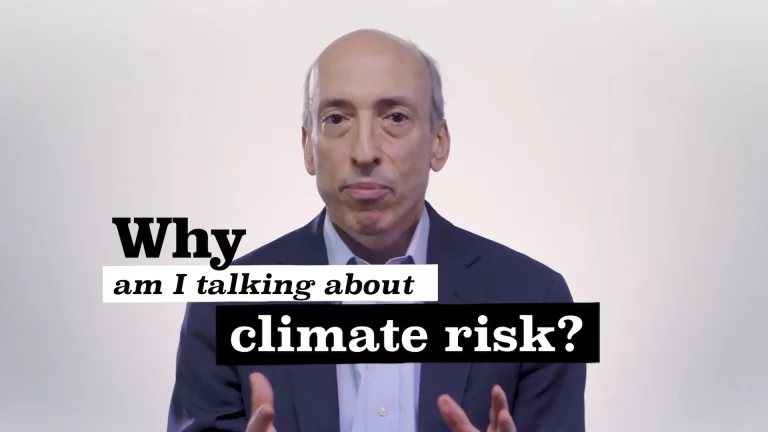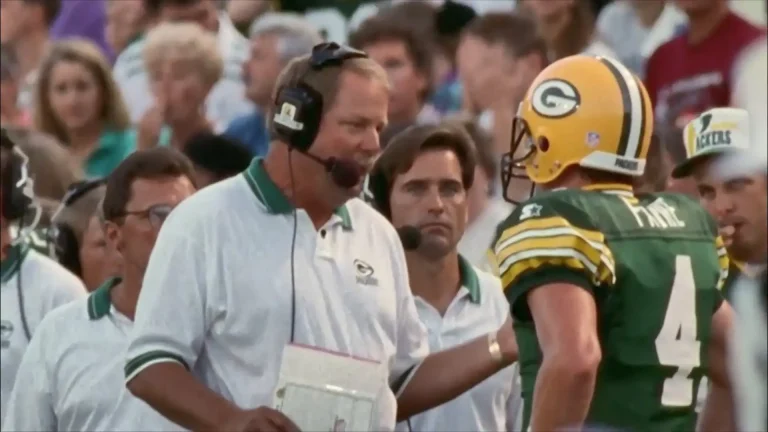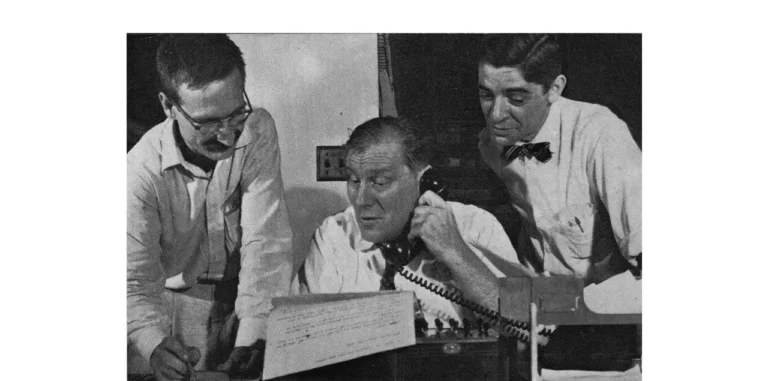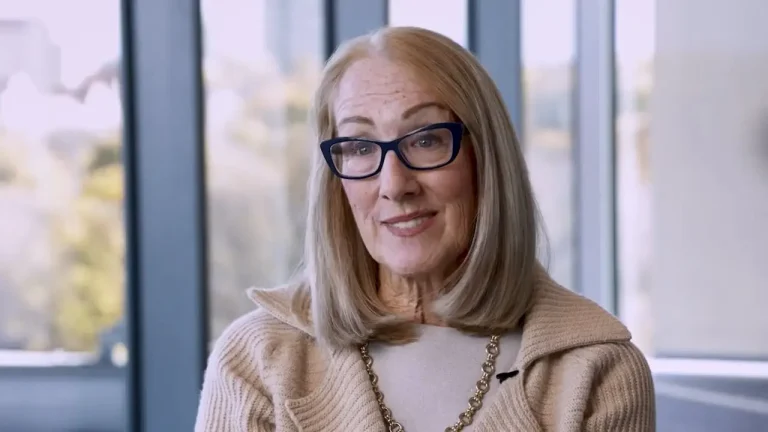Why PR people don’t like talking to reporters
‘No comment’ is no strategy. Figure out what they need to know, then add what you want them to know.
To some folks, talking to a reporter is like what Woody Hayes once said about the forward pass: Three things can happen, and two of them are bad.
Hayes, the football coach at Ohio State University from 1951 to 1978, favored running the football. His own offensive philosophy was often called, “three yards and a cloud of dust,” a description he relished.
That seems to be the strategy at many companies’ media relations staff. Many things can go wrong, so don’t say much, if anything.
Maybe we should spend more time on why we don’t want talk to reporters —and why we should.
The reasons why company leaders and their PR reps don’t like talking to reporters are too many to list, but here are a few:
- The reporters hate us. All they want to do is find something negative.
- Which means their stories are going to be one-sided.
- And their stories are probably wrong anyway.
- If we talk to them, I just know I’m going to hate myself in the morning.
- Their deadlines are ridiculous – and they do that on purpose.
On that last point, keep this in mind: Reporters are sometimes calling after something bad has happened. If it was good news, you’d be calling them.
To be sure, journalists know that bad news sells. But reporters root for the story. They want stories that get readers and viewers to say, “Wow!” They will root for any story with drama, emotion, color and strong facts—even if it’s “positive.” They may grit their teeth, but they’ll do it! Our challenge is to find and develop those stories.
In our frustration with journalists, the reasons why we should talk to them sometimes get lost. The next time you’re confronted with tough questions from a reporter, take a couple minutes to consider why you should answer:
- There’s going to be a story, whether you like it or not. Corporate leaders sometimes don’t recognize that journalism is not a negotiation, where you can walk away and there’s no deal.
- If we respond quickly, we can frame the issues to try to influence the coverage. We can’t dictate what is reported, but we can sometimes shape it.
- Make sure the story is correct. PR executive Rick Matthews taught me, “An incorrect story doesn’t help anybody.”
- The reporter will find someone else to tell your story. That outside voice isn’t likely to tell your story the way you would.
Shaping the coverage
If we want to influence media coverage, we need a strategy.
In 25 years as a reporter and editor, I found that the PR people who helped their clients the most seemed to follow this approach: They started with what I wanted. After giving me that (or as much as they could), then they worked toward what they wanted to give me.
After my journalism career, I began using this approach as the director of communications for the Cook County Treasurer, even before I read James F. Haggerty’s “In The Court of Public Opinion.”
But while you work on what you want to give reporters, save the “Coffee is for closers,” Glengarry Glen Ross act.
Reporters, God love ‘em, don’t want to be sold. They need to understand.
Tom Corfman is a senior consultant with Ragan Consulting Group. Before joining RCG in 2021, he was director of communications for the Cook County Treasurer’s Office for five years. He has been a reporter and editor for Crain’s Chicago Business and the Chicago Tribune.
Contact our client team to learn more about how we can help you with your communications. Follow RCG on LinkedIn and subscribe to our weekly newsletter here.



